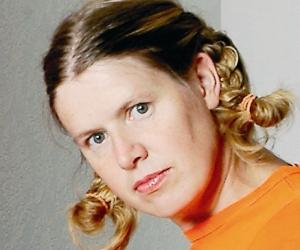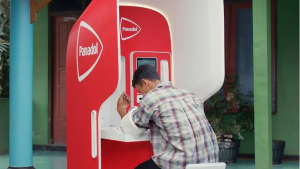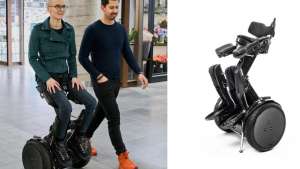The Dutch have become known for their discernable design sensibility that is characterised by an experimental yet minimalist approach, often with a humourous edge. But product designer Ineke Hans thinks this is changing.
We caught up with her at the Department of Design in Cape Town, South Africa – a three-week pop-up space to incubate new partnerships and foster collaboration between Dutch and South African designers, businesses, academia and government.
The Dutch have certainly made an impact on design with their approach, but this approach is now so widespread that I don't think it is a Dutch thing anymore, she says.
"We have a certain tendency to be pretty down to earth, to be very practical and at the same time very dreamy and fantastical, but I don't know if you can speak about Dutch design anymore."
Hans does commissions for international brands and works on projects across the globe. In 2013, after a three-year long participatory design process, she completed a project on Fogo Island, Canada for which she helped design an inn and guided the local community in the creation of furniture and products.
"When I started the project, it was very strange to me that they got someone from Holland to do a project there," she recalls. Coming into a community as an outsider, Hans felt that she needed to approach the project with a certain sense of humility. She felt obliged to make sure the residents saw something of themselves in the work they produced.
"I was working with them hands-on in the workshop for a week to make the furniture and talk through how the process could work best," she explains. "It was also super nice for me because together we had to find the best solutions. In a way, it is about finding the appropriate material, the appropriate techniques and the appropriate type of work within that specific situation."
Even outside of context-specific work, building models and working in a hands-on fashion is important to Hans.
Things can look very beautiful on the computer but when you make it as a real-size model, it has to deal with your human body and with human scale. Something that might look fantastic on the computer might suddenly be too big or too small, Hans explains.
She believes the use of models is also important in design education, which shouldn't only rely on computerised renderings. She is, however, not a romantic about the world of design and sees it as a "hybrid system" where multiple tools, both physical and digital, are available to designers.








